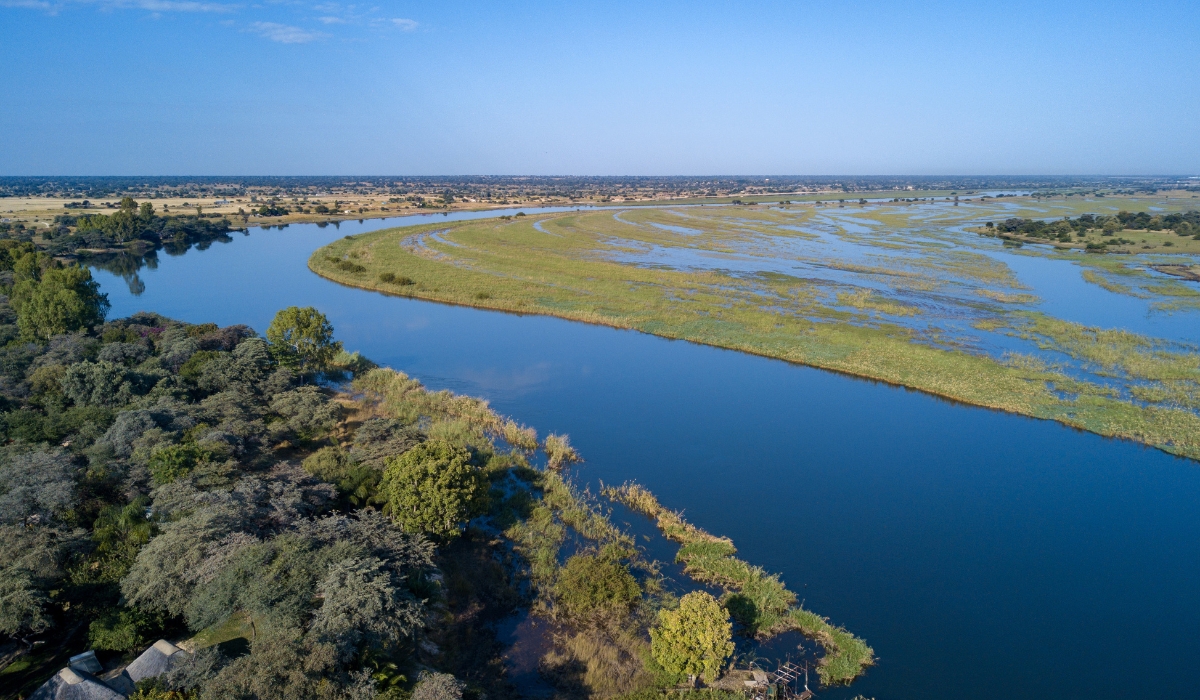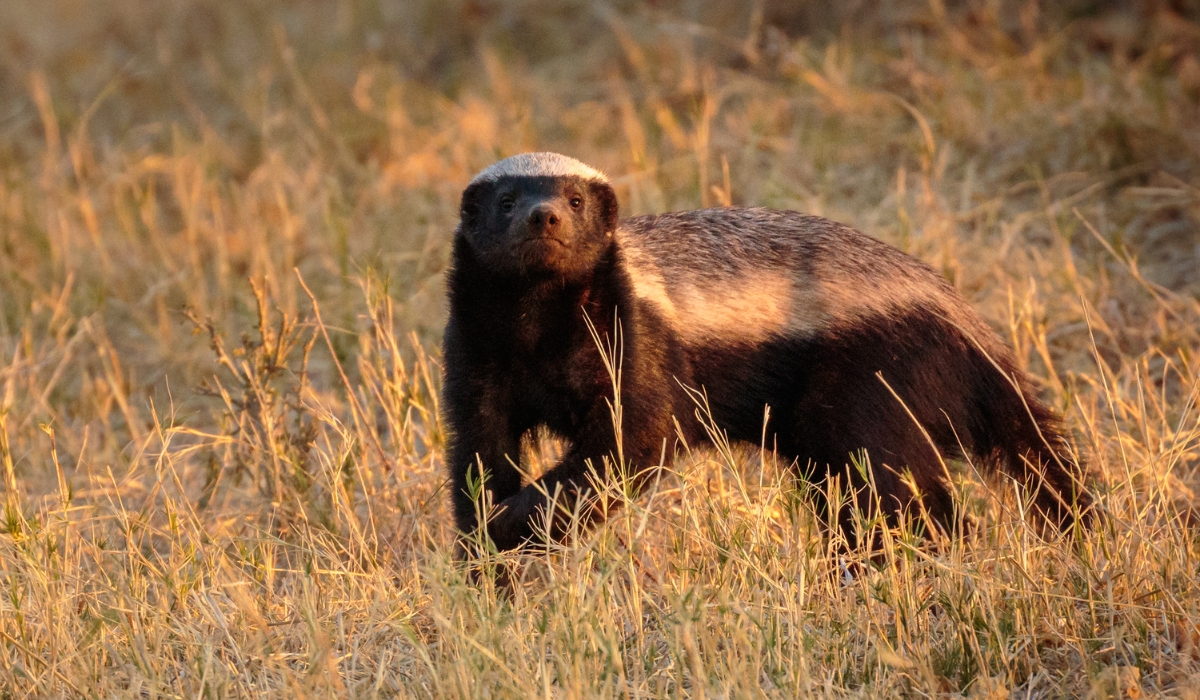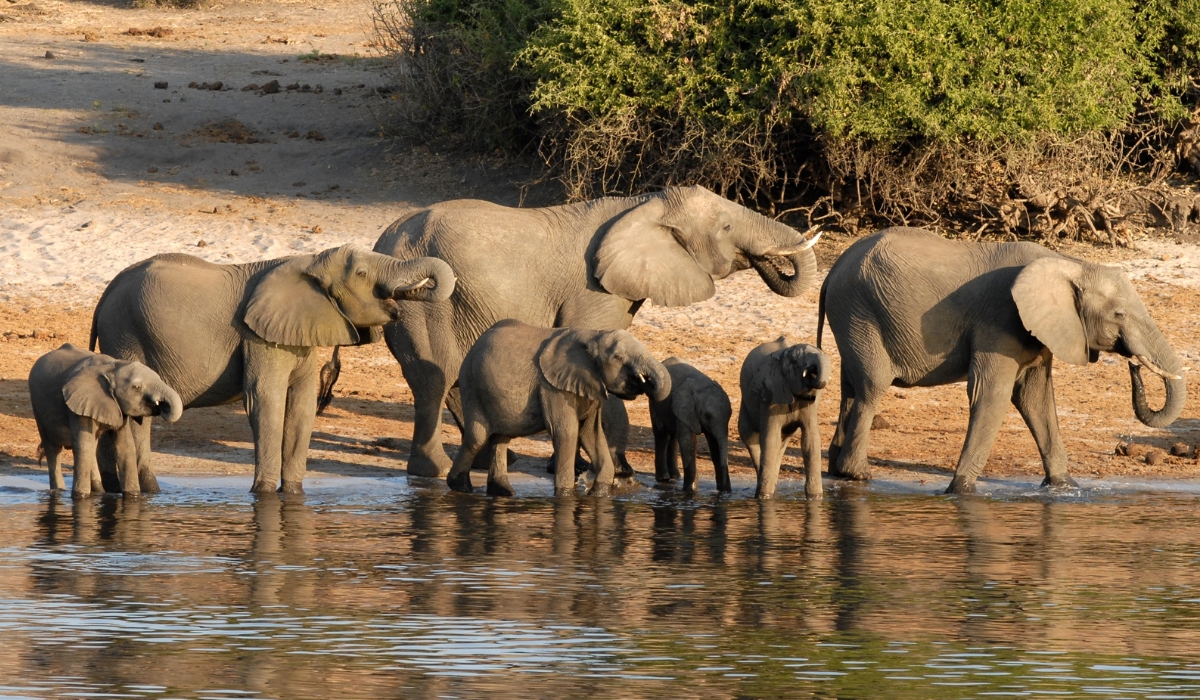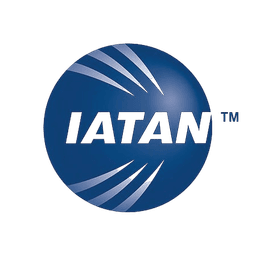
Botswana’s Okavango Delta and Chobe National Park offer two distinct safari experiences. One is a tranquil waterworld alive with wildlife; the other, a dry-season hotspot for dramatic encounters. Together, they showcase Botswana’s breathtaking diversity.
Botswana is home to some of Africa’s most iconic wilderness experiences, and at the heart of its safari reputation lie two vastly different yet equally unforgettable destinations: the Okavango Delta and Chobe National Park. Though geographically close, they offer contrasting environments that complement each other beautifully. One is a serene, waterlogged labyrinth where nature moves quietly and slowly. The other is a vibrant theater of wildlife drama set against a dry, open backdrop.
Together, they offer travelers a richly layered safari experience, from the gentle pulse of the wetlands to the intense rhythms of Africa’s big-game heartland.
The Okavango Delta: Africa’s liquid heart
The Okavango Delta is one of the world’s largest inland deltas, and undoubtedly one of its most unique. Instead of emptying into the ocean, the Okavango River floods into the sands of the Kalahari Desert, creating a shifting oasis of water channels, papyrus beds, floodplains, and palm-dotted islands.
Section Type: standardWidthImageS
The Okavango River flows from the highlands of Angola, south through Namibia, and empties into the Okavango Delta in Botswana.

This UNESCO World Heritage Site is seasonally flooded, with waters typically arriving from Angola between May and July, transforming dry bush into a lush, watery paradise. In a fascinating twist, the flood arrives during Botswana’s dry season, making it a vital lifeline for wildlife and a spectacular time for safari-goers.
Slow safari magic
A safari in the Okavango is immersive and intimate. Rather than chasing predators in a game vehicle, you might drift silently in a mokoro (a traditional dugout canoe) as reed frogs chirp, elephants feed on aquatic grasses, and fish eagles call from the treetops.
Most safaris here are either purely water-based or they offer a mix of water and land-based game viewing, depending on seasonal flood levels and camp location. Activities include:
Mokoro excursions through quiet channels
Motorboat safaris across open lagoons
Walking safaris on the islands with armed guides
Game drives in drier fringe areas and private concessions
This variety makes the Okavango unique among African safari destinations.
Section Type: standardWidthImageS
Taking a mokoro excursion is a must!

Wildlife highlights
The Okavango Delta is a hotspot for wildlife. Elephants migrate through in their droves, and predators like lions and leopards can be spotted resting on higher ground. The delta is also one of the best places in Africa to see endangered African wild dogs. Birdlife is prolific, with everything from bee-eaters and herons to the elusive Pel’s fishing owl.
The real magic here is the sense of immersion: this is not a place of crowds or speed, but of connection and discovery.
Where to stay
Most of the Okavango is made up of private concessions, meaning limited visitor numbers and exclusive experiences. Lodges range from luxurious tented camps with plunge pools to remote fly camps for adventurous travelers.
Popular areas include:
Moremi Game Reserve: ideal for both land and water safaris
Vumbura and Kwando: excellent predator viewing and remote wilderness
Jao and Xigera: top-tier design and elevated water-based experiences
When to visit
The best time to visit the Okavango Delta is from May to October, when wildlife congregates and floodwaters are highest. November to April offers lush landscapes and incredible birding but may limit access to some areas.
Chobe National Park: Big game, big drama
Section Type: standardWidthImageS
Honey badger spotted during a morning game drive.

In contrast to the quiet mystery of the delta, Chobe National Park offers a high-impact, high-volume safari experience. Located in Botswana’s northeast, near the town of Kasane, Chobe is best known for its staggering elephant population – over 120,000 of them – but the park is equally rich in predators, herbivores, and birds.
The most famous section is the Chobe Riverfront, where the river forms a natural border with Namibia and acts as a magnet for wildlife during the dry season. Between June and October, animals from across the region converge on the river to drink, bathe, and socialize, creating one of Africa’s most dramatic natural spectacles.
Riverfront encounters
The experience here is all about movement, action, and density. Boat cruises along the Chobe River offer front-row seats to elephants swimming between riverbanks, hippos snorting in the shallows, and crocodiles basking in the sun. Game drives along the river’s edge provide exciting chances to see lions trailing buffalo herds, leopards stalking baboons, and herds of giraffes, sable antelope, and impala.
Chobe is also a favorite among photographers, especially those on specialized safaris that use low-angle boats and custom vehicles for wildlife viewing and image capture.
Wildlife in abundance
Section Type: standardWidthImageS

If the Okavango Delta is about ecosystem diversity, Chobe is about concentration. Huge herds, consistent sightings, and the raw interactions of predators and prey make this park thrilling. Lions are commonly seen, especially in the dry months. Elephants roam in large family groups, often interacting with boats and vehicles. Birders will also find much to love, from African fish eagles to vibrant kingfishers and carmine bee-eaters.
Staying and exploring
Many visitors base themselves in or near Kasane, where a range of lodges and hotels line the riverfront. For a more private safari, staying in lodges within the park or adjacent forest reserves is recommended. Some camps offer mobile safaris or multi-day river trips with onboard accommodations.
Best time to visit
June to October is the dry season and the best time for dense wildlife viewing, particularly around the Chobe River. During the wet season (November to March), the landscape becomes lush and green, with fewer visitors and excellent birding.
Section Type: backgroundOnly
Two sides of the same safari story
Visiting both the Okavango Delta and Chobe National Park offers an extraordinary opportunity to experience Botswana’s wilderness in stereo. The contrast between the two is what makes them so powerful when experienced together. The Okavango whispers: you feel the stillness, the details, the delicate balance. And Chobe roars: you witness the scale, the drama, the raw power of life at the water’s edge.
Section Type: cta
Feeling adventurous? Check out our most popular Botswana itineraries. Then speak to Destination Expert about making it your own.


Copyright © 2025 SA Luxury Expeditions LLC, All rights reserved | 95 Third Street, 2nd floor, San Francisco, CA, 94103 | 415-549-8049
California Registered Seller of Travel - CST 2115890-50. Registration as a seller of travel does not constitute approval by the state of California.










